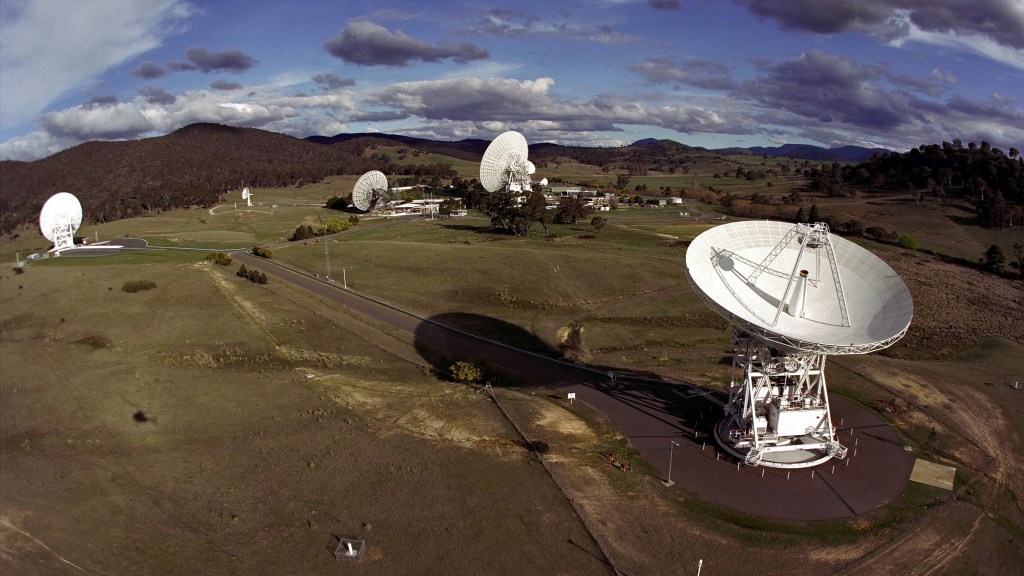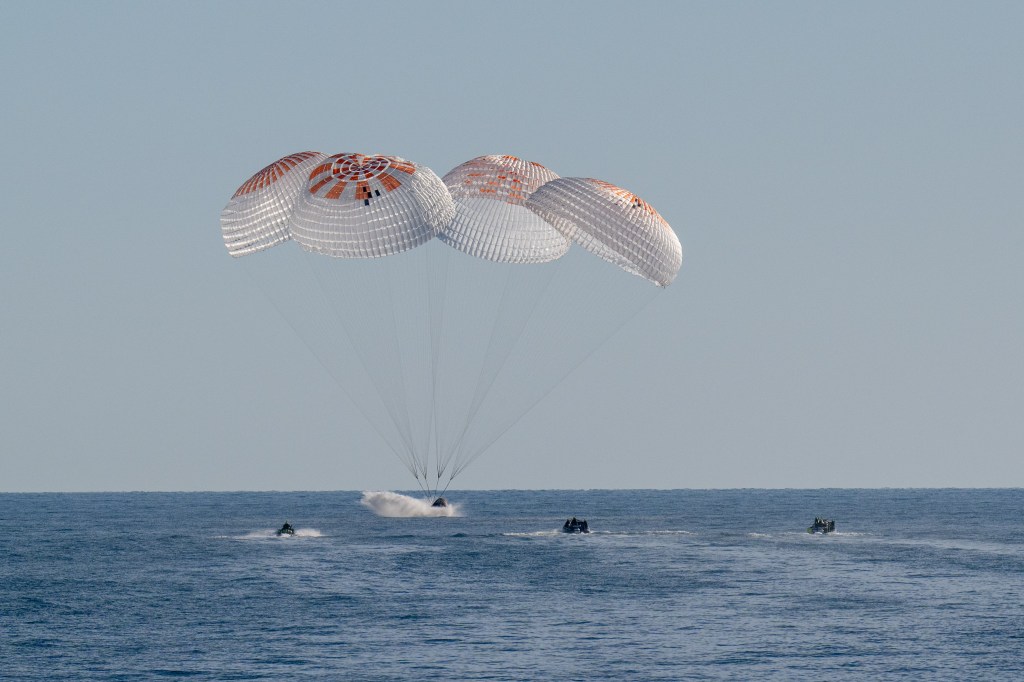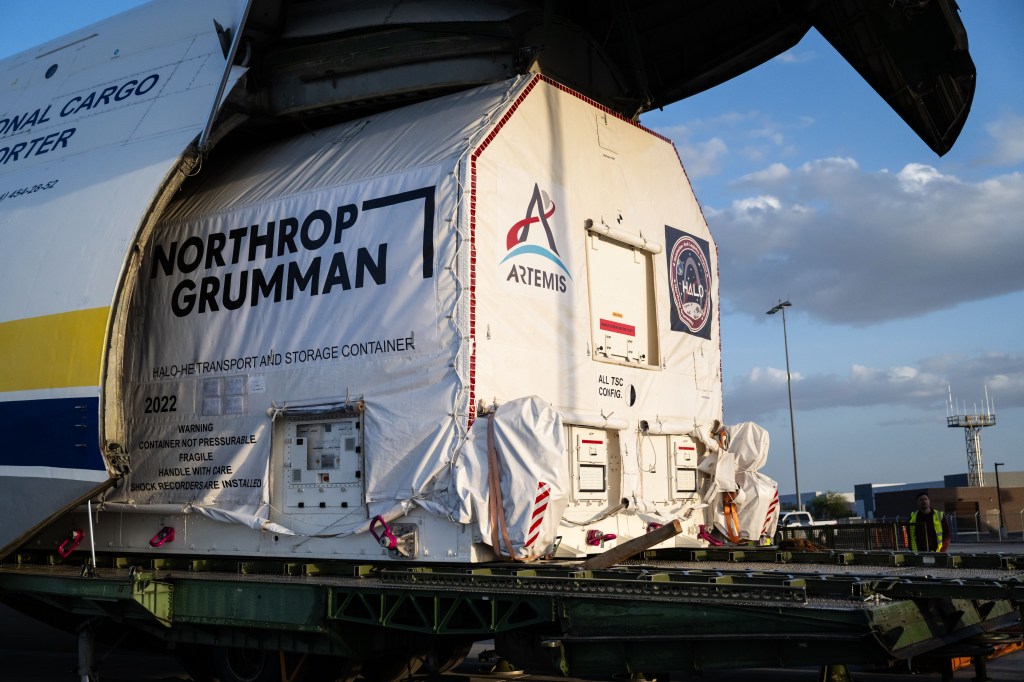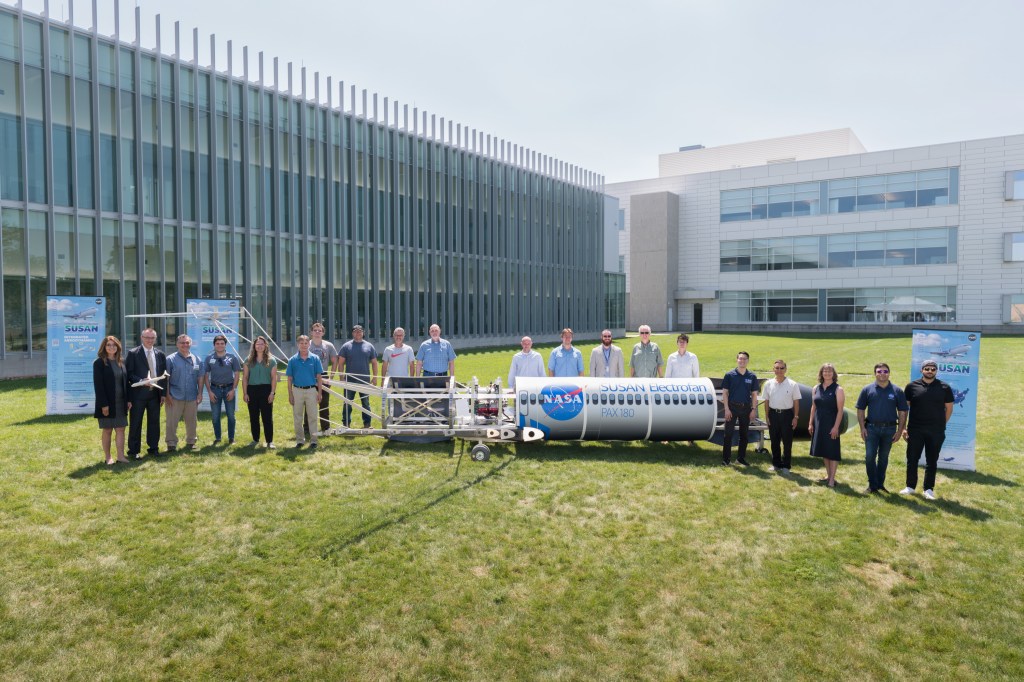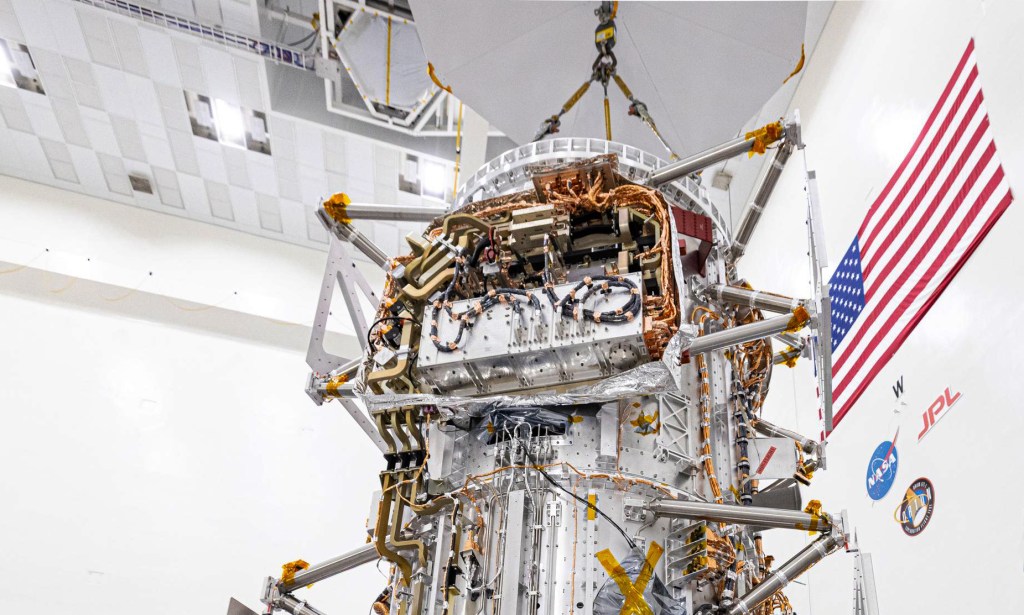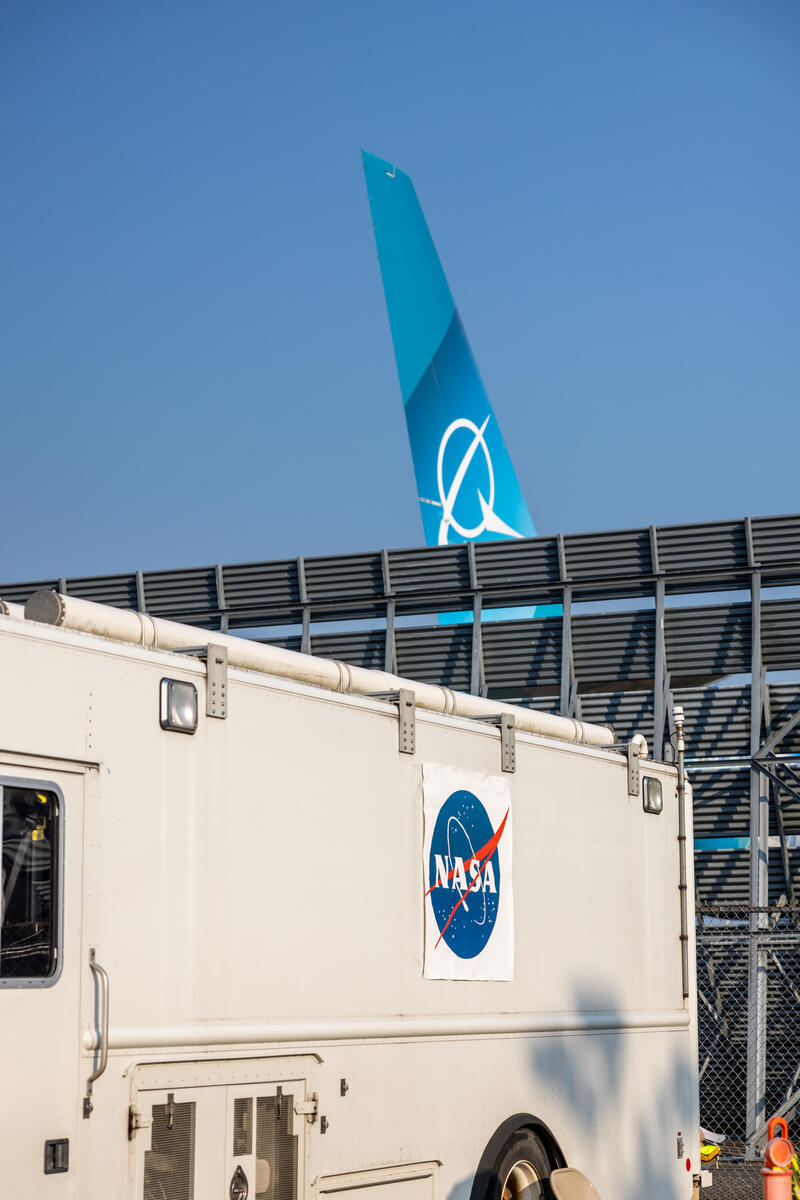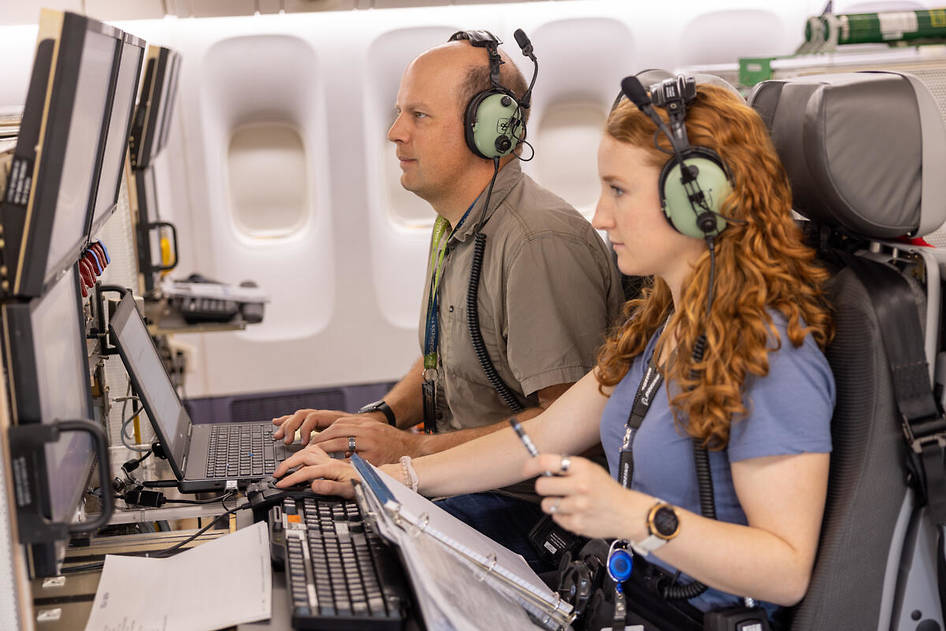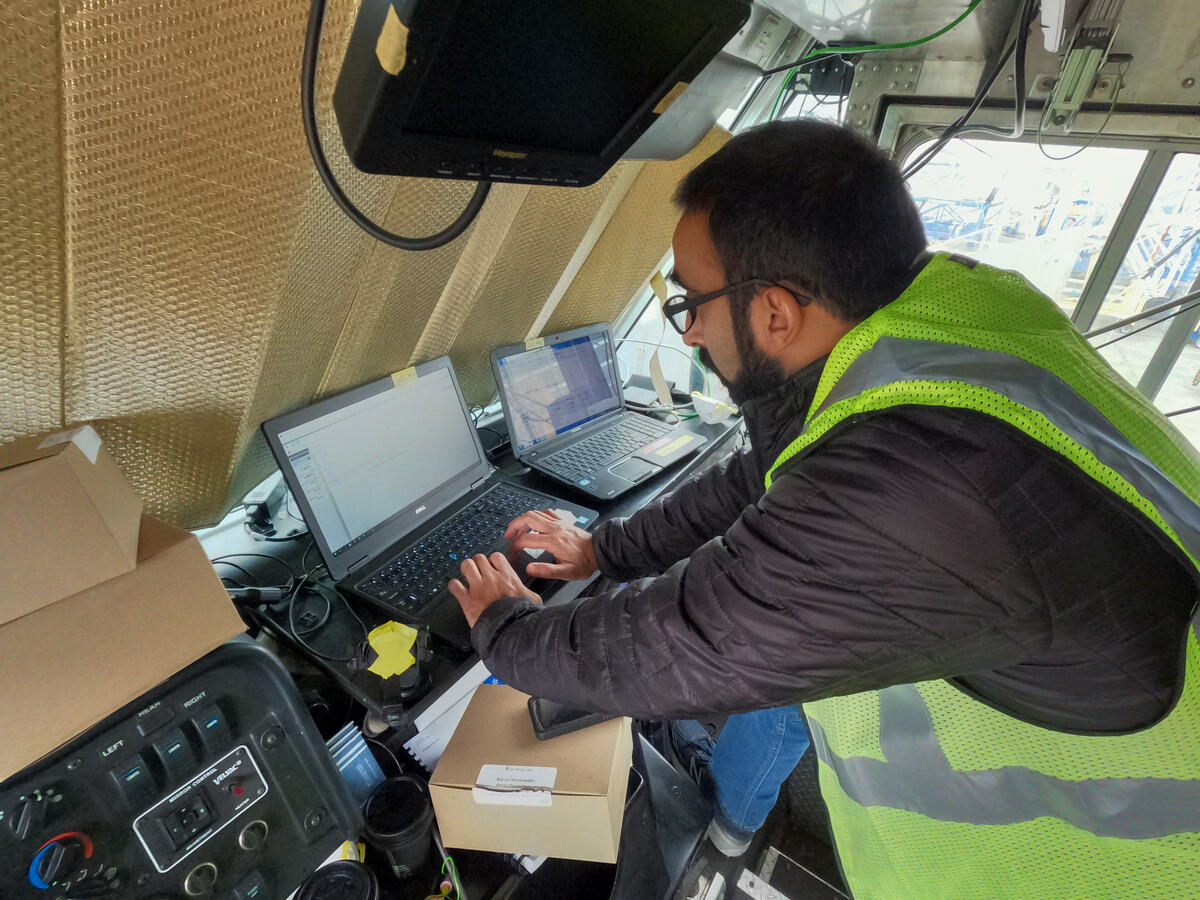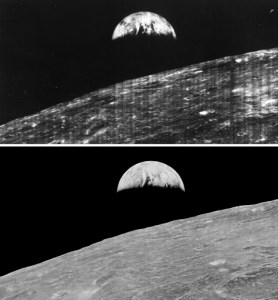Scientists from NASA and Boeing recently met near Seattle to test whether an aircraft with engines burning different blends of sustainable aviation fuels produced fewer soot particles than traditional jet fuel. In its efforts to accelerate progress towards a sustainable aviation system, NASA is not only working to design the ultra-efficient aircraft of the future, but also to advance the use of alternative fuels in today’s planes.
The team at Boeing’s Everett Delivery Center was working with the company’s 2022 ecoDemonstrator aircraft, a 777-200ER wide-body passenger jet frame converted into a flying testbed. It was the second year in a row that Boeing and NASA worked together on this type of test. A key difference? Last time, the ecoDemonstrator aircraft was powered by a low-emitting LEAP-1B engine that first entered into service in 2017. Testing on this year’s Boeing ecoDemonstrator involved an aircraft with Rolls-Royce Trent 800 engines that have been in service since 1996.
Sustainable aviation fuel is intended to deliver performance but with a smaller carbon footprint. It is often blended with traditional jet fuel, but Boeing ecoDemonstrator partners are working to generate the data needed to enable widespread use of 100% sustainable aviation fuel and assess its impact on particulate emissions. Tests on multiple kinds of engines can bring us closer to that goal.
“Testing all of these various engine technologies helps increase our understanding on how sustainable aviation fuel can have positive impacts on air quality when engines are idling at airports, and on the climate-warming potential of contrails in the atmosphere,” said Richard Moore, atmospheric scientist at NASA’s Langley Research Center in Virginia.
Researchers had access to specialized capabilities thanks to the presence of Langley’s Mobile Lab, which was protected from the 777-200ER’s powerful exhaust by a blast deflector. The Lab’s comprehensive suite of instrumentation analyzed not only the gaseous emissions but also particulates – soot and other aerosols – by using a custom-built probe designed to interface with the deflector behind the airplane.
The researchers are also incorporating lessons learned from last year’s tests related to fuel handling. After sustainable fuel leaves the refinery, researchers must ensure that there’s no jet fuel contamination occurring as the fuel gets transferred throughout the national logistics system.
“This is important because we’re starting to realize that even tiny concentrations of sulfur or aromatic chemical compounds in the fuel may be impactful for emissions,” said Moore.
Although the teams are still analyzing their results, they say the knowledge they’ve gained is already expanding the knowledge needed to make sustainable aviation fuel adoption possible across current aviation fleets.
“It was exciting to further this research,” said Moore, “Studying how the combination of advanced aircraft engines and sustainable aviation fuels reduces the emissions of climate-altering particles will help NASA and industry work towards reaching the global goal of net-zero carbon emissions by 2050.”


